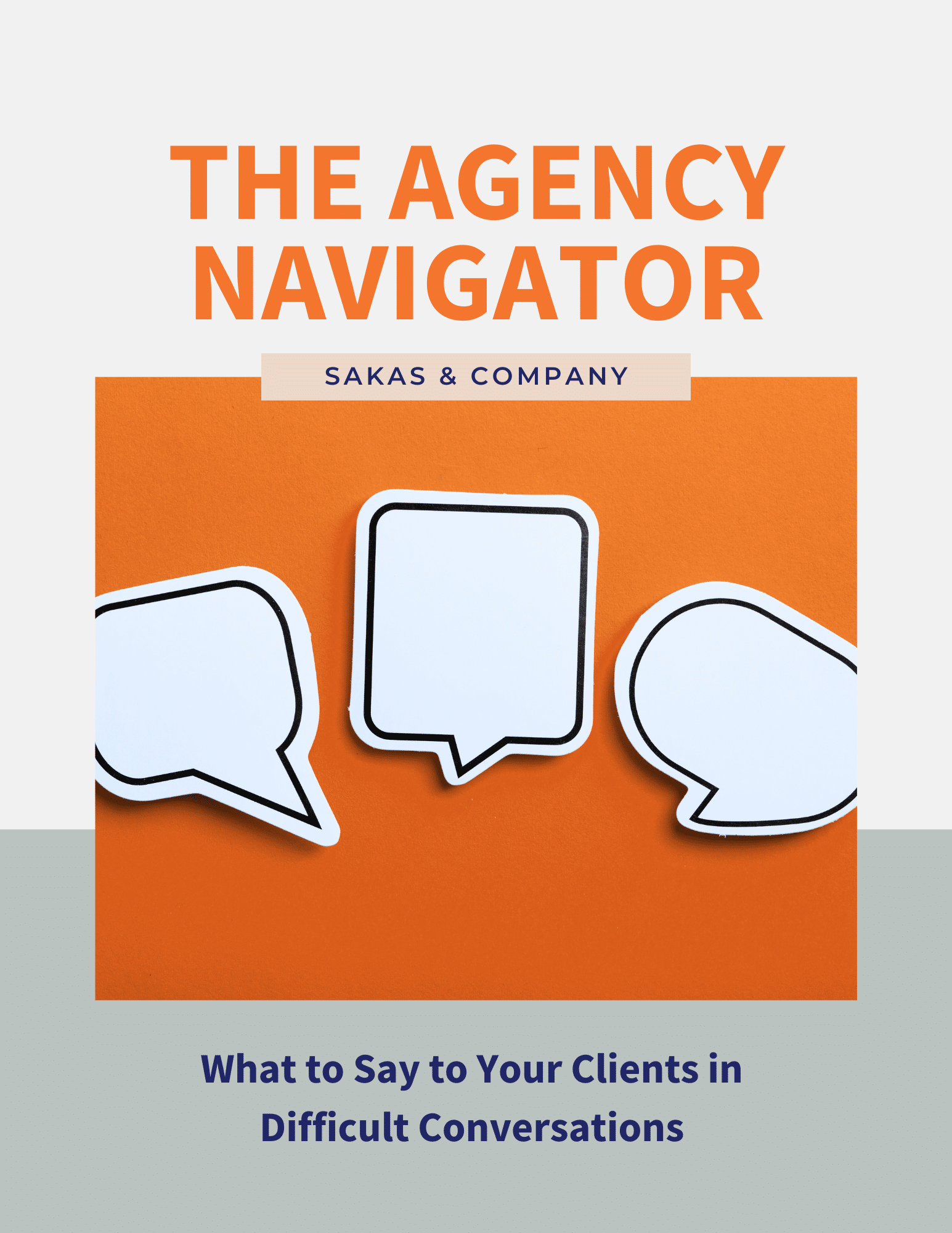If your agency has ever done a pro bono project for a non-profit client, it probably didn’t go as well as you planned. It might have been over budget, or the client micro-managed the entire process, or you weren’t proud of the final result.
It doesn’t have to be that way—you can avoid problems by setting and following pro bono project guidelines. Here’s my recommended list—feel free to adjust according to your marketing agency’s resources and culture.
Why have a pro bono policy at your agency?
For most marketing agencies, budget constraints dictate that you can’t pick and choose all of your clients. The ideal is when you can, but ultimately, most agencies have to take at least some work to pay the bills. But when it comes to choosing pro bono clients, you have all the power—because you can always say “No.”
This means you should only take the best pro bono work… the work that’s going to make you proud, that’s going to be fun to do, that’s going to win you awards, that’s going to be more creative than anything a paying client would (or could afford to) hire you to do. That is the kind of pro bono client you want.
And you should say “No” until that client comes along, whether it takes you two months or two years to find them.
Learn from Experience: Be Highly Selective
As I shared in 2011, ad agency McKinney spent 12 months and 1,000+ hours (all pro bono) to create the PlaySpent.org web app for Urban Ministries of Durham, an online “poverty simulator” game. Within a short period of time, the app had been played 900K times by 555K people, and McKinney got media coverage on CNN and elsewhere.
When it comes to marketing efforts, it helps to do a targeted approach. By strategically choosing the most relevant locations for distribution and tailoring the content to resonate with the target demographic, your digital agency can make a tangible impact while conserving resources. Trusting the agency’s creative control and empowering passionate team members to lead such campaigns can result in a focused and effective marketing approach that not only benefits the clients but also strengthens the agency’s reputation and brand presence in the industry.
At your digital agency, you need to take only the best clients on a pro bono basis. Protect your resources while focusing on doing the most creative work.
10 Rules: Use These to Write Your Marketing Agency’s Own Pro Bono Policy
- If you don’t get creative control, you’re not going to do it. And you need signoff from the client’s Board of Directors on that. If you can’t do something cutting edge, it’s not worth your time. If they start vetoing your work—or the staff says it’s great but then the board swoops in to kill it—you’ll be really unhappy. That’s not OK as an outcome. The client must agree up front – if they take away creative control, the relationship will terminate.
- Don’t take pro bono projects that people normally pay you to do. You’ve got plenty of people who’ll pay you to make a brochureware website or a banner ad. Focus your pro bono creative energy on cool stuff no one’ll pay you to do (as long as it meets the client’s business goals, of course). You shouldn’t be spending pro bono time on content updates. That’s not your creative competency—clients can (and should) have a technically-competent staff member or volunteer do that.
- No projects where the client mandates the medium. Let you help define the problem and the solution. If the client says, “We must have an XYZ deliverable,” you’ve already lost half the creativity battle. The exception would be budget for hard costs, or something that’s sustainable to maintain in the future based on their employee and volunteer base.
- Your primary contact must be the Executive Director (or the Director of Communications, or Membership, or Fundraising, etc.). If you’re spending time on the project and you’re doing it for free, you need direct access to the top decisionmaker.
- You only work with nice, confident, decisive, passionate people. This needs to be fun. No jerks. No people who can’t make decisions. And only people who love what they do. You can’t always get all four with your paying clients, but you damn well will for pro bono engagements.
- Only do projects—no pro bono retainers. If a project’s delayed because you’re busy, that’s unfortunate. If a client expects 20 hours/month of retainer support and you’re busy, you’re in trouble. Pro bono should make your life better, not worse. No maintenance work. Also, a project gives you a single, tangible thing to promote.
- Look for quick wins. You don’t want to get bogged down in enormous, amorphous projects that never end. After their 2011 TIMA talk (noted above), their copywriter told me that McKinney did an interim mini-project six months into the PlaySpent.org project. They used Foursquare to create several alternate check-in locations in downtown Durham, to raise awareness about homelessness—for instance, “dumpster behind Toast restaurant.” This got press coverage (more coverage than actual check-ins, really), yet it was quick and easy. They had it live a week after getting the idea, and it took only 30 minutes of actual work.
- Work with organizations that are too desperate to hire someone to do the project, but not desperate enough that they can’t pay the electric bill. You want someone who gives you creative control—partly because they’re willing but also partly because they have no choice. If someone can choose anyone to do the work, they’re more likely to fire you if they get unhappy.
- Only do projects for independent non-profits (that is, without a national parent affiliation). In my experience as a project manager and Director of Operations, nationals can come in and overrule the great creative work your team has done. You will wait to find a pro bono client that’s never going to get a national directive to make their website a certain color scheme and their flyers a certain sub-font. That will only make you unhappy. As noted above, if you lose creative control, there must be an up-front agreement from the client, that that means you’ll terminate the arrangement.
- Have a promotional strategy and success metrics up front. If it goes viral and the client isn’t acknowledging what you did when they’re on NPR or CNN, that kills half the benefit to you (getting recognized for doing cool, valuable, effective work). Only do things they’re willing and able to talk about on TV or in other media. And it has to be something you can somehow quantify as successful.
Publish Your Pro Bono Client Guidelines
Publish your guidelines, so that prospective pro bono clients know what to expect and can remove themselves from the process if they don’t want to follow your guidelines. This saves your time and it saves their time, too.
What’s Your Pro Bono Experience?
What’s been your experience working with pro bono clients at your marketing agency? Has it gone well or gone poorly?
Question: What advice would you add?


